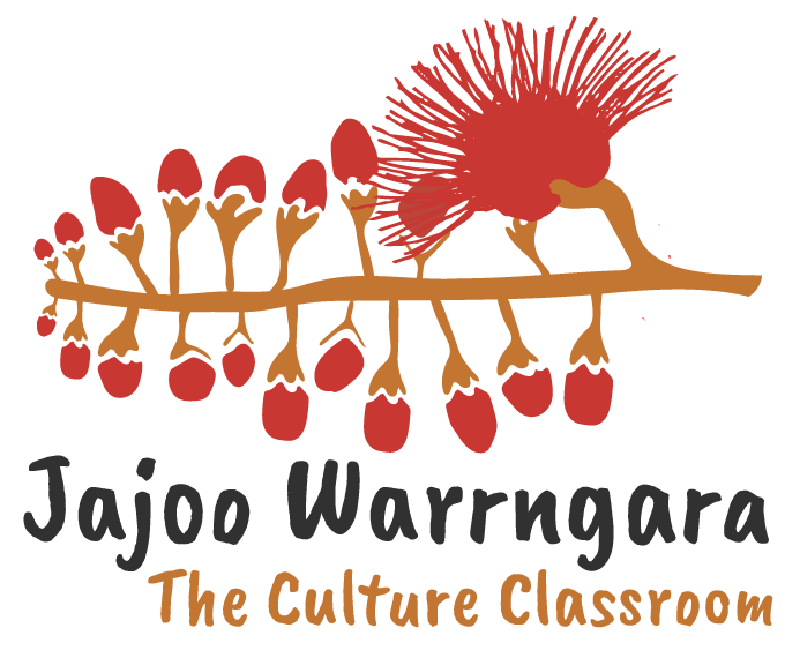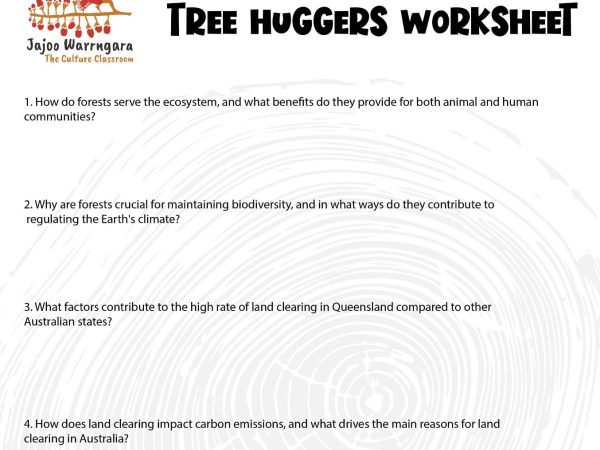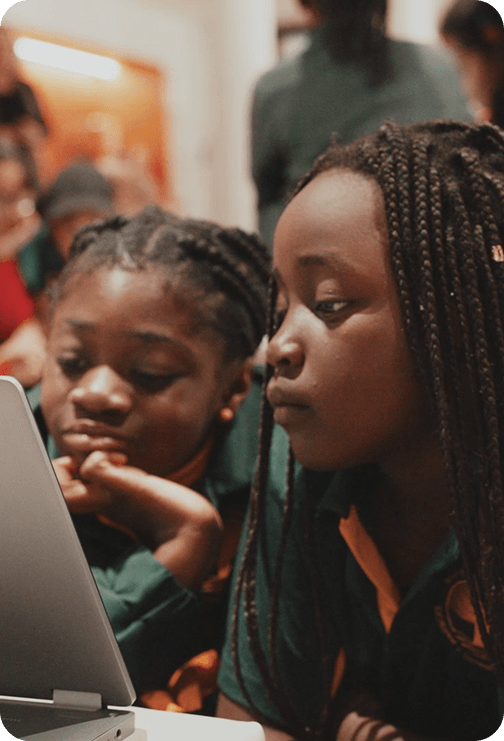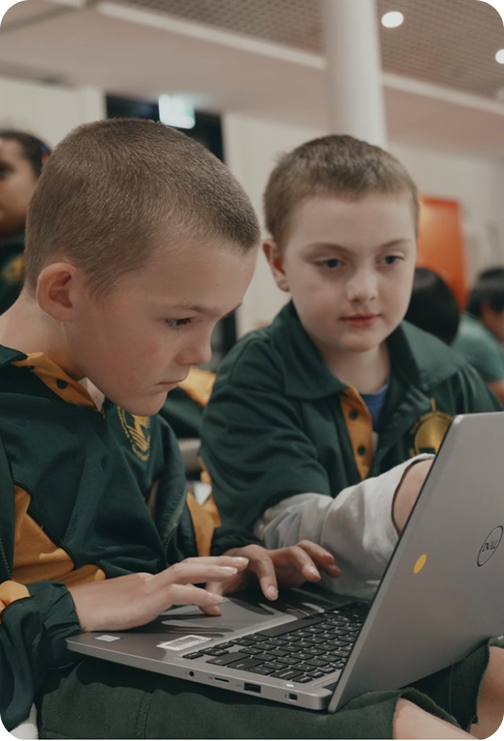Learning Areas
Science | HASS | English
In this unit
Students explore the cultural, environmental, and historical significance of trees. They research the critical roles trees play in maintaining biodiversity and carbon sequestration for a healthy environment as well as investigating the harmful effects of deforestation and its widespread repercussions.
This unit includes:
Learning Areas
Cross Curriculum Priorities
Aboriginal and Torres Strait Islander Histories and Cultures
Sustainability
Related Units
Unit Content











